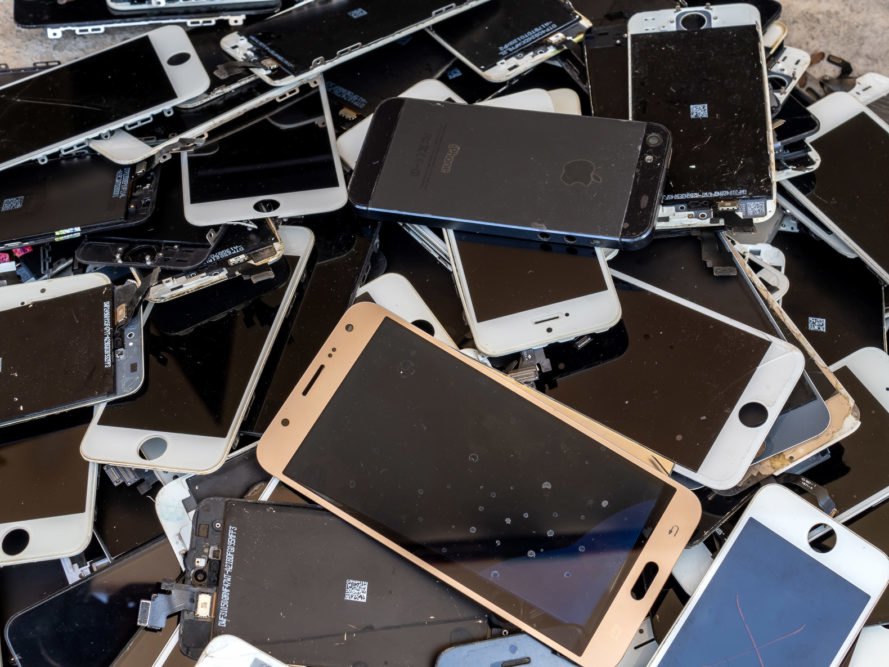Getting rid of waste, particularly liquid waste, is not at the top of your to-do list. Understandably, the waste generated by many of the manufacturing and machining processes gets in the way, and can be annoying and costly of which to dispose. Here are some simple best practices that most all generators should follow.
- Become Informed – Learn about the contents and characteristics of your waste stream. Quite often, the person in charge of waste stream management has not been properly educated or trained about the waste. It’s not uncommon for many health and safety responsibilities to fall upon a team member that is already deluged with other responsibilities at the facility. However, not knowing the laws and responsibilities regarding your waste stream has consistently not been an acceptable answer when confronted with the relevant government agencies. Safe to say, you could be breaking the law and not even know it. Educate yourself!
- Separate Your Waste – When storing liquid waste, be sure to segregate each waste stream. Quite often the cost of a waste stream is determined by the way the waste has to be treated at a recycling facility. Safe to say, hazardous waste is usually more costly than non-hazardous waste streams. If you co-mingle the streams, you risk the possibility of costing yourself more money and potentially creating a substance or material that is much more flammable and combustible.
- Take Precautions – When transferring waste, take extra precautions for make sure the transfer is done safely. This is often when most accidents occur – when moving the waste from a tank to a drum, for example.
- Isolate Waste Containers – Obviously, you want to store your waste in a secure, safe area. Pick a low-traffic area, if possible.
- Label, Label, Label – Make sure when you take the time to implement a safe handling of your waste that you properly label all drums, tanks, pallets, etc. The waste hauler and processor will know which waste stream is which. This will allow for a smoother and safer removal and disposal process.
- Do not Delay – Dispose of waste in a timely manner. This action step could certainly be #1 on our list. Best practices suggest that you not store hazardous and non-hazardous waste at your facility for more than six months. However, consult your local and state authorities for the specifics of your waste stream.
A great place to start researching is the EPA or DEP. These sites have plenty of information on the latest rules and regulations regarding your waste. If you have any questions, Gemini Disposal Services can help answer questions on your liquid waste streams. If you are looking to dispose of your liquid waste, request a quote and we will help you manage your liquid waste.


